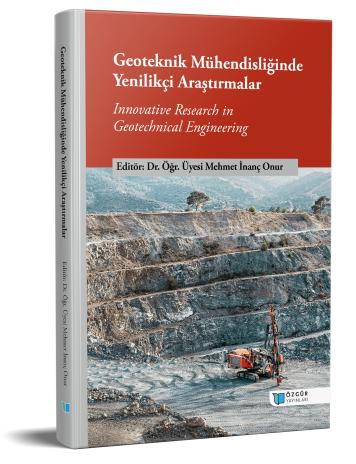
Chemical Stabilization Applications and Materials Used in Soils
Chapter from the book:
Onur,
M.
İ.
(ed.)
2023.
Innovative Research in Geotechnical Engineering.
Synopsis
Improving the bearing capacity and other engineering characteristics of natural soils lacking the desired properties is achievable through the process of soil stabilization. Soil stabilization refers to the improvement of the properties of the soil through chemical, mechanical, or thermal methods. By enhancing the soil's durability, reducing its volume change and water permeability, or improving its other engineering properties, it can be ensured that the structures are placed on a safe and solid foundation. Increasing the durability and bearing capacity of the soil by adding chemicals to the soil is one of the oldest soil improvement methods and has been practiced for thousands of years. These additives can often include cement, lime, fly ash and other chemicals. These are generally affordable, locally sourced, biodegradable, and environmentally friendly materials. Hence, using these materials, either individually or in combination, offers numerous advantages in enhancing the properties of substructures and notably boosting the performance of superstructures. The additives used in the chemical stabilization method were examined in this study and the gains obtained with the additives used for the selection of an appropriate stabilizer considering the properties of the soil, the requirements of the project and local conditions were embodied with the experimental research results found in the literature.

